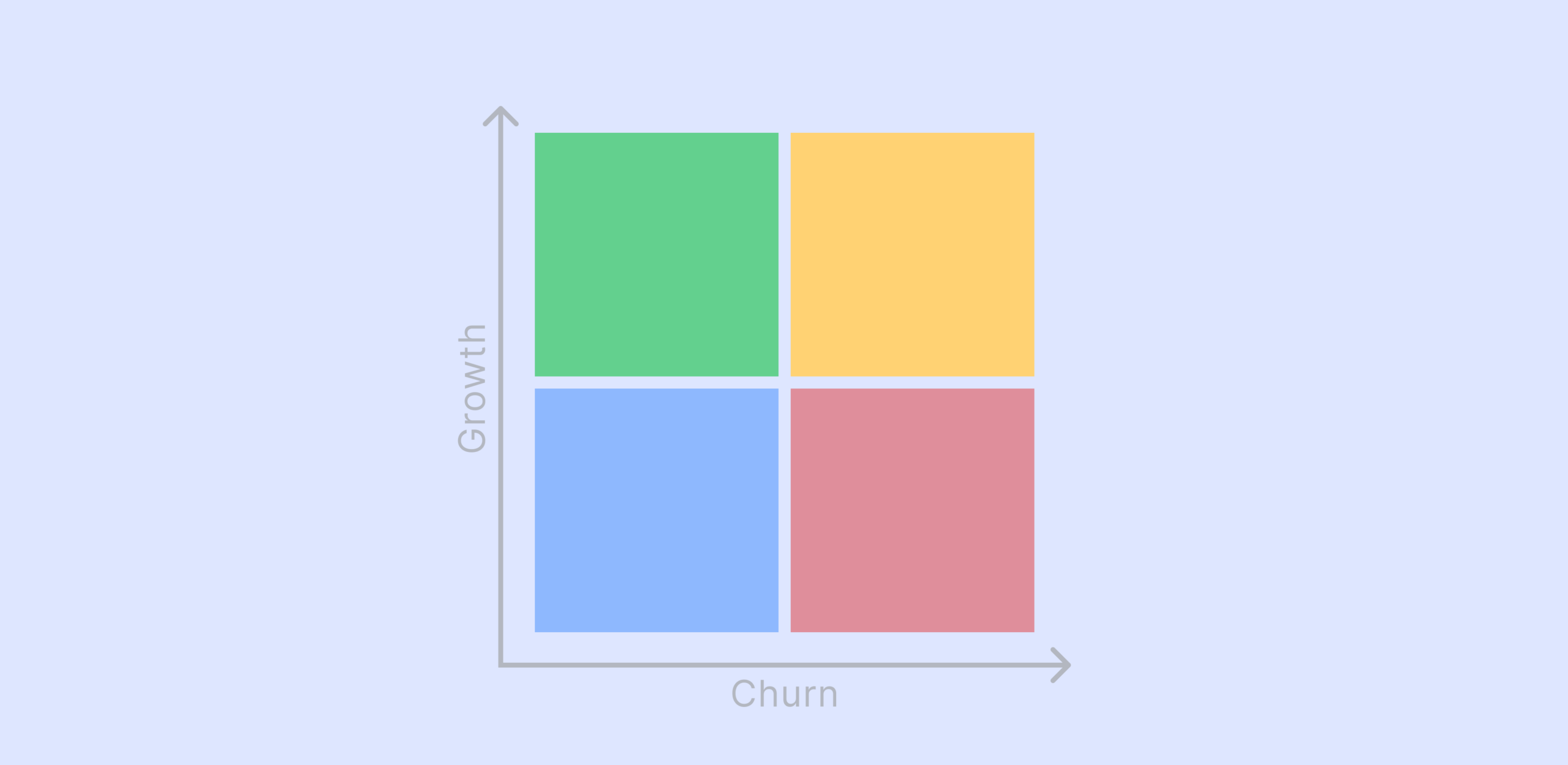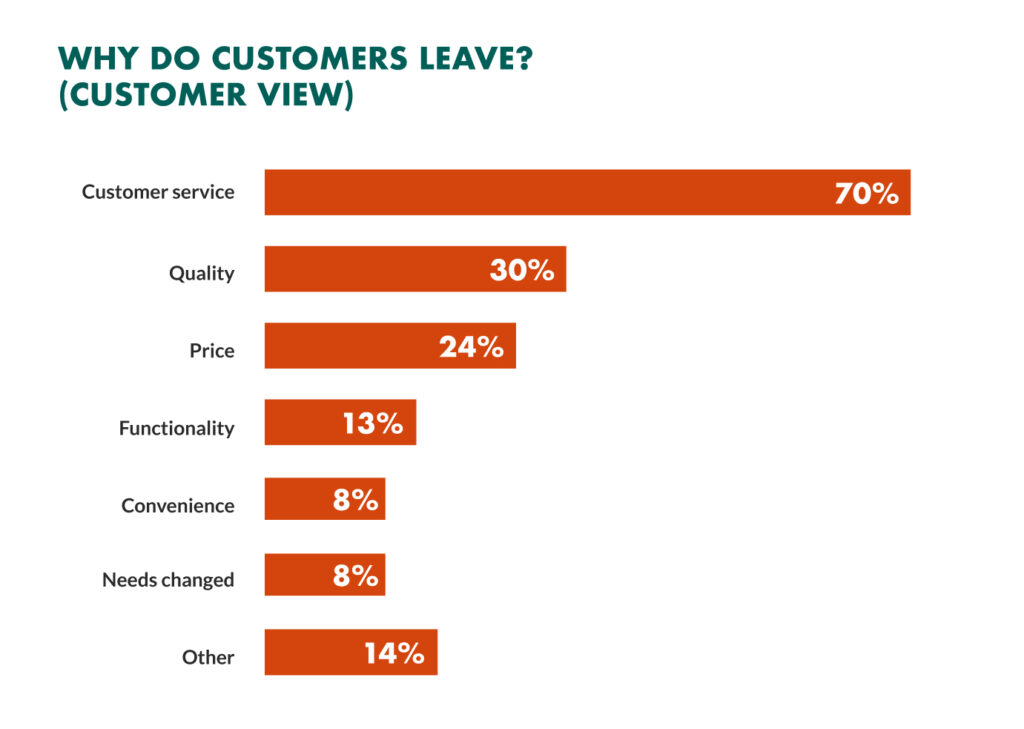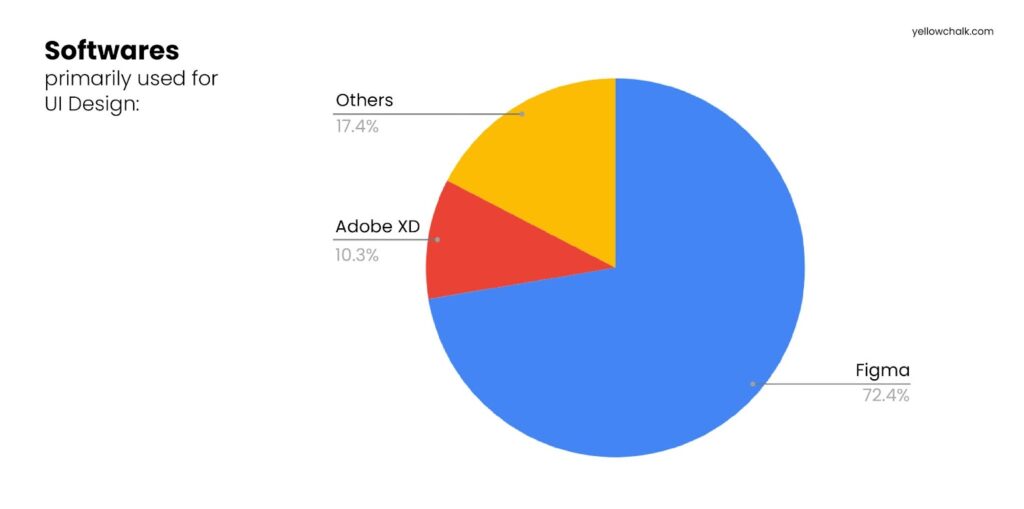The Software as a Service (SaaS) industry is growing quickly but this growth comes with its own challenges. Customer churn is the most important of these. Even though the industry is growing, there are no standard ways to deal with churn.
Every SaaS company works hard to get more customers, but keeping the ones they already have is just as important. High churn rates can hurt revenue and growth in a big way. Because of this, it is very important for SaaS businesses to understand and deal with churn.
In this article, we’ll talk about how important it is for SaaS businesses to manage churn. I will also share my experience and best practices to help businesses keep their users interested and signed up.
What is Customer Churn?
Starting from the beginning, customer churn in SaaS means a customer unsubscribes from the service they’ve been using for some time. In other words, when a customer stops using your product and doesn’t renew their subscription, this is called customer churn.
This means that you will no longer work with that customer. Customers may leave because they are unhappy with your service or because they don’t see any value in it. Instead of focusing on why a single customer leaves, it’s important to get insights from that churn to use for your business in a bigger way.
Effect of Customer Churn in SaaS Businesses
When churn rates go up, it sends a strong message: even though you’ve been successful at getting users in the past, you’ve failed at keeping them.
High churn rates can be a sign of many different problems. Maybe the product has technical problems that keep happening, or maybe the customer service isn’t doing a good job of addressing user concerns. In the ever-changing world of SaaS, it’s also possible that competing products just have better features, making yours seem old-fashioned.
Because of how the industry makes money, churn is a bigger worry for SaaS companies. SaaS companies make most of their money through subscriptions, so keeping users for a long time is important for steady income. If a customer leaves, the company not only loses the chance to make money from that customer in the future but there’s also a domino effect: the time and money spent to get that user don’t give the return on investment that was expected.
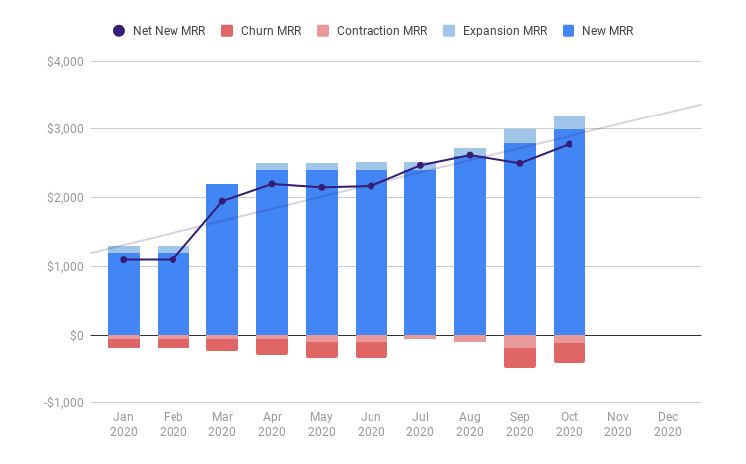
Also, in the interconnected world of today, a customer who leaves doesn’t just disappear; they move, often to a competitor. Using music streaming as an example, if a service like Spotify doesn’t meet niche user needs (like offering amateur or concert recordings), it doesn’t just lose a subscriber; that subscriber becomes an active user of platforms like YouTube Music.
This change makes the competitor’s user base bigger and can even give them important information about where they do better.
Because of these things, churn management is more important than ever. It’s not enough to just figure out why users leave. You also need to address problems before they happen, come up with new ideas all the time, and make sure that the services you offer match the changing needs of your customers.
Effective churn management doesn’t just stop losses; it also helps businesses grow and make more money in the long run.
What is Churn Management?
Customer churn management is a way to deal with churn. It is a method for reducing the number of customers who leave and increasing customer loyalty.
The main idea behind this approach is to figure out why customers are unhappy and then use strategies to fix those problems.
These strategies can include anything from changing the products offered and making the user experience better to making customer service more effective and getting customers more involved.
Steps in Customer Churn Management
1. Identify the Churn Reason
Just like you wouldn’t give yourself medicine without first figuring out what was wrong, you can’t just deal with churn without a similar approach. A doctor looks into a person’s symptoms to find out what’s really wrong with them.
This way, the treatment they give is both effective and targeted. Before putting solutions in place, it is just as important in churn management to know what the root causes are.
For B2B SaaS companies, churn can be caused by a number of things:
- Product Misalignment: The software might not be able to meet the changing needs of a business client, or it might be missing some features that the client thinks are important.
- Complex User Experience: If a platform is not easy to use, companies may look for alternatives that are easier to use.
- Pricing worries: Businesses might not renew their subscription if the price goes up quickly or if they think they aren’t getting enough for their money.
- Poor customer service: B2B customers often need strong support. Trust and satisfaction can be hurt by slow responses or problems that aren’t solved.
- Offerings from competitors: There are a lot of SaaS solutions out there, so a competitor might have a more appealing package in terms of features, price, or support.
- Operational Changes: Businesses can change, merge, or change their strategy in ways that make some SaaS solutions useless.
To stop churning, we need to find out what causes it, just like a doctor finds out what causes an illness. By tackling these core issues head-on, SaaS businesses can come up with better ways to keep customers.
2. Understand the Customer Journey
The second step we will take to understand the causes of customer churn is to map the steps of the customer journey. You can think of all the processes from a user’s purchase to the onboarding process, including support chats.
Our aim is to reveal all the processes of a user in the product and identify potential problems and areas, such as dissatisfaction and confusing steps.
To give an example, a user may be fed up with a feature not working properly. Another example may be that all the features of the product are not adequately explained.
When users cannot understand the value you create, they may wonder, “Why am I paying for this product?
3. Analyze Customer Behavior
Using the power of data analytics to look at how customers act is a great way to figure out why customers leave.
By keeping a close eye on metrics like customer engagement, customer retention, and customer lifetime value, businesses can spot patterns or trends that show customers are about to leave.
For example, a SaaS product team might notice that customers who don’t do a certain thing, like make a second purchase or upgrade to a better subscription tier, are more likely to leave.
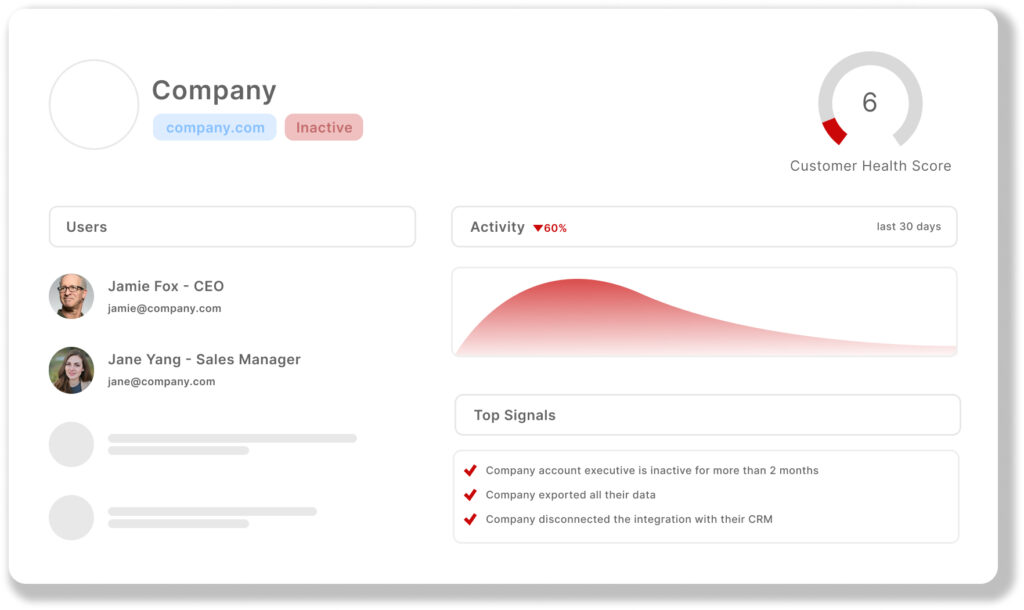
The customer health score is also an important part of this set of analytical tools. This metric shows how the customer interacts with the product or service as a whole.
It brings together a lot of different data points that show how happy, engaged, and likely the customer is to stay with the company or, on the other hand, how likely they are to churn.
By looking back at the actions of customers who have already left, businesses can create a unique profile of a user who is likely to churn.
With this profile, they can compare these traits to the active users they already have. These patterns hide a possible change that is just waiting to happen.
4. Feedback and Surveys
My final advice would be to try to understand potential churn causes by using your users directly. You can get the opinions of your users within certain time frames by creating surveys and feedback forms.
Surveys and feedback forms can give you great insights. It is you who will make sense of these insights. Let me explain with an example.
You group your customers according to company size. When you examine the feedback and surveys, you notice that the users who have problems are mostly in Segment A. You should make improvements for this segment and identify and fix problems.
Best Practices for Churn Management
In the previous section, I briefly talked about the importance of customer churn management and how to determine the causes of losses. Now, it’s time to review best practices to prevent churn. If you want to learn more practices, don’t hesitate to check out this article!
1. Provide Excellent Customer Service
One of the most effective ways to reduce customer churn is to provide a great customer service experience. In SaaS products, human contact is not experienced very often. When your users need you, they contact you for support.
Your users will have a great impression of your product if you respond quickly to support requests, offer personalized solutions, solve users’ problems, and communicate clearly. Of course, all these are factors that will reduce your churn rates.
I don’t use any of the products or services where I’ve had bad customer service again.
2. Stay Ahead of the Competition
To be ahead of the competition. What does it mean?
SaaS companies can attract and keep customers who want something different by setting themselves apart from their competitors.
Product teams must constantly update the product roadmap and try to understand the expectations of their market and users.
You must have heard of Figma. It is mostly used for digital product designs, and you don’t need to install it on your computer. Moreover, you can share the designs with many of your teammates without exporting designs and get their ideas about the designs.
The reason why Figma has grown so much is that it has been developed as a cloud-based product, keeping up with the times. This is exactly what I wanted to convey about the needs of the market and user expectations.
If Adobe could understand user needs and the direction the market is going, it wouldn’t have lost its users and wouldn’t have had to pay more than $20 billion to buy Figma.
3. Communicate Proactively
Proactive communication is a powerful weapon in the fight against churn. SaaS products can take the initiative and reach out to problems before they arise, rather than waiting for customers to raise concerns or dissatisfaction. This shows customers that their satisfaction is a top priority, which can build trust and nurture long-term loyalty.
Using a variety of communication channels, such as email or in-app messaging, SaaS products can stay connected with their customers and inform them about product updates, new features, and exciting promotions.
The key is to stay in mind and show customers that they matter. By taking the time to proactively engage with customers, businesses can create a positive relationship that encourages customer loyalty and reduces the likelihood of churn.
4. Customer Churn Prediction
The idea of Customer Success, which is where churn management fits in, is based on being proactive, as we talked about in the previous matter. B2B SaaS companies can’t just react to churn. The strategy must predict churn so they can prepare.
Predictive scoring or we can call this customer health scoring, drives this proactive approach. It requires complex algorithms and analytics to sort large data sets. Engagement metrics, how often users ask for help, how they use the platform, and platform change feedback are examples. Predictive scoring can identify customers who may leave by analyzing this data.
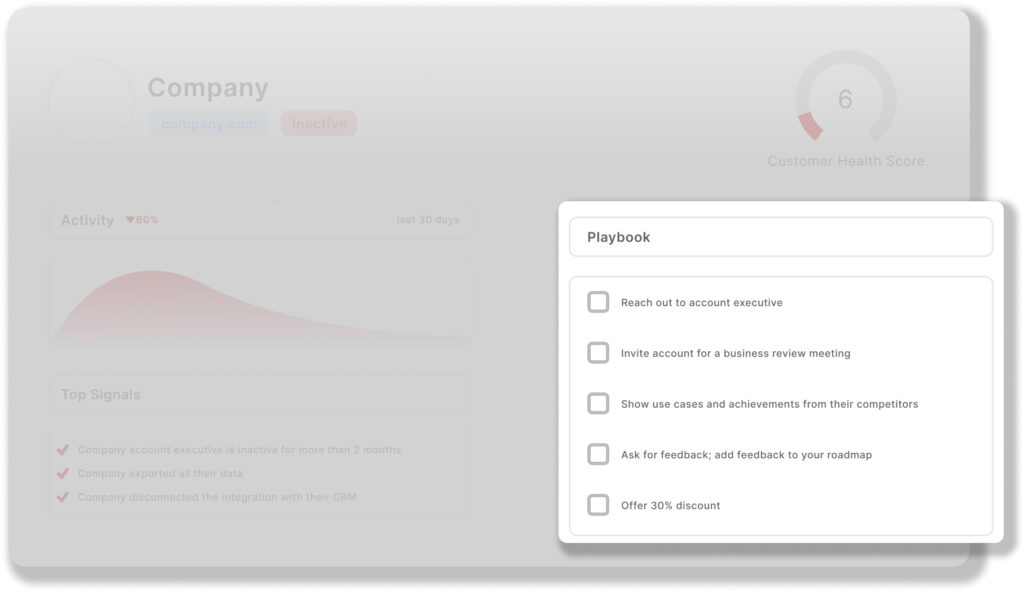
A B2B client’s high churn prediction score may be caused by a sudden drop in product usage, an increase in support tickets, and negative feedback.
Predictive and customer health scoring go together. It measures how a customer interacts with the product or service overall. This score measures customer satisfaction, engagement, and positivity with the product, not just their likelihood to churn.
Final Notes
We hope this guide has helped you learn more about customer churn management. If you really understand this idea, it can help you grow in a big way.
Even though we’ve talked about some important parts of customer churn in SaaS here, there are many more resources online that go into more detail. You can check out these other resources to learn more.
Resources
How Wikipedia Explains Customer Churn (Customer Attrition)
How Paddle Explains Customer Churn
Churn Management Strategies by Totango
Predict Customer Churn
Frequently Asked Questions
How do you manage customer churn?
Managing customer churn involves analyzing the reasons customers leave, implementing strategies to retain current users, and constantly improving service or product quality to meet user expectations.
What is churn management?
Churn management is the process of understanding, monitoring, and minimizing the rate at which customers stop using a product or service, ensuring maximum customer retention.
What is the customer churn process?
The customer churn process encompasses identifying at-risk customers, understanding the factors causing them to leave, and implementing strategies to address those issues to reduce the number of departures.

